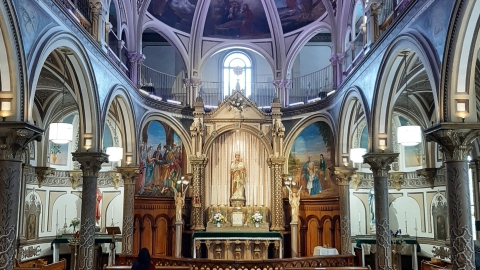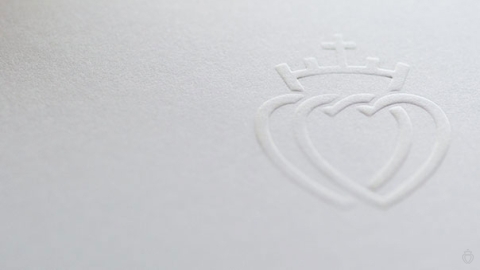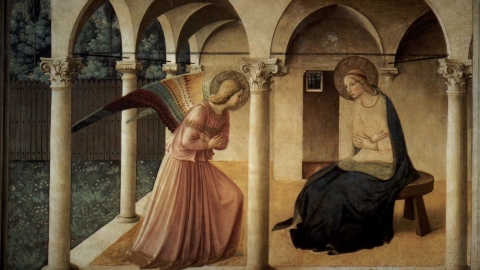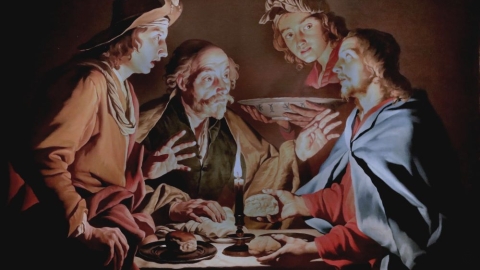In the Netherlands, the Angel of Death Hangs Over the Cradles

Hugo de Jonge, Dutch Minister of Health, announced in the Lower House that the government would examine the possibility of allowing euthanasia of young children and pre-adolescents. The country’s Bishops' Conference is speaking out against a measure which, if adopted, would make this seriously illicit practice, applicable to all ages.
At first glance, we dare not believe it. But we have to face the horrific reality: the Netherlands is seriously considering legalizing the murder of children from the age of one.
What does it take to change the legislation, in a secularized civilization where any form of transcendence is reduced to the bare minimum of health and well-being? It is enough to rely on the reports of doctors and experts, contemporary oracles.
So, in 2019, three Dutch university hospitals publish a barely believable report, claiming that “eighty-four percent of pediatricians in the Netherlands want active euthanasia for children between the ages of one and twelve.”
A few months later, a new expert report commissioned by the Dutch executive states that, in cases where palliative care is not sufficient to alleviate the suffering of children, any pediatrician should be able to perform euthanasia on these children “without being punished,” in the name of a case of “force majeure”—absolute necessity.
On the basis of this report, on October 13, 2020, the Minister of Health, Hugo de Jonge proposed to Parliament an extension of the decriminalization of euthanasia to this age group, specifying that the new provisions will not be governed by a new law, but by simple complementary regulations which will come into force in the coming months.
The Cardinal Archbishop of Utrecht, Monsignor Willem Eijk, addressed a letter to the Dutch government, warning the executive: “If these new provisions come into force, it means that, from conception, at any age, the lives of people can end on simple medical advice. However, human life has an essential value from conception. Its value cannot therefore be weighed against anything else...To take a life is therefore not a morally licit means of putting an end to suffering,” warns the high prelate.
It should be remembered that the method proposed by the executive has already been used for the implementation of the decriminalization of euthanasia.
In 1973, a court decision condemned a doctor to a symbolic sentence for having euthanized his mother. Similar cases are treated in the same way.
In 1984, the Supreme Court introduced the notion of “force majeure” into case law, which a doctor can invoke when he has had recourse to euthanasia, but has acted conscientiously and in respect of medical ethics.
In 1990, a procedure regulated the declaration of doctors in the event of euthanasia.
In 1993, a law legalized the possibility of declaring death by euthanasia. Finally, in 2001, the law decriminalized euthanasia and assisted suicide. In this whole process, the executive has often been the driving force. It’s not surprising then that it is still enabling the movement.
And we can expect more developments in the years to come, unimaginable today.
Related links
(Sources : National Catholic Register/Vatican News – FSSPX.Actualités)
Illustration : Image par Myriams-Fotos Pixabay



